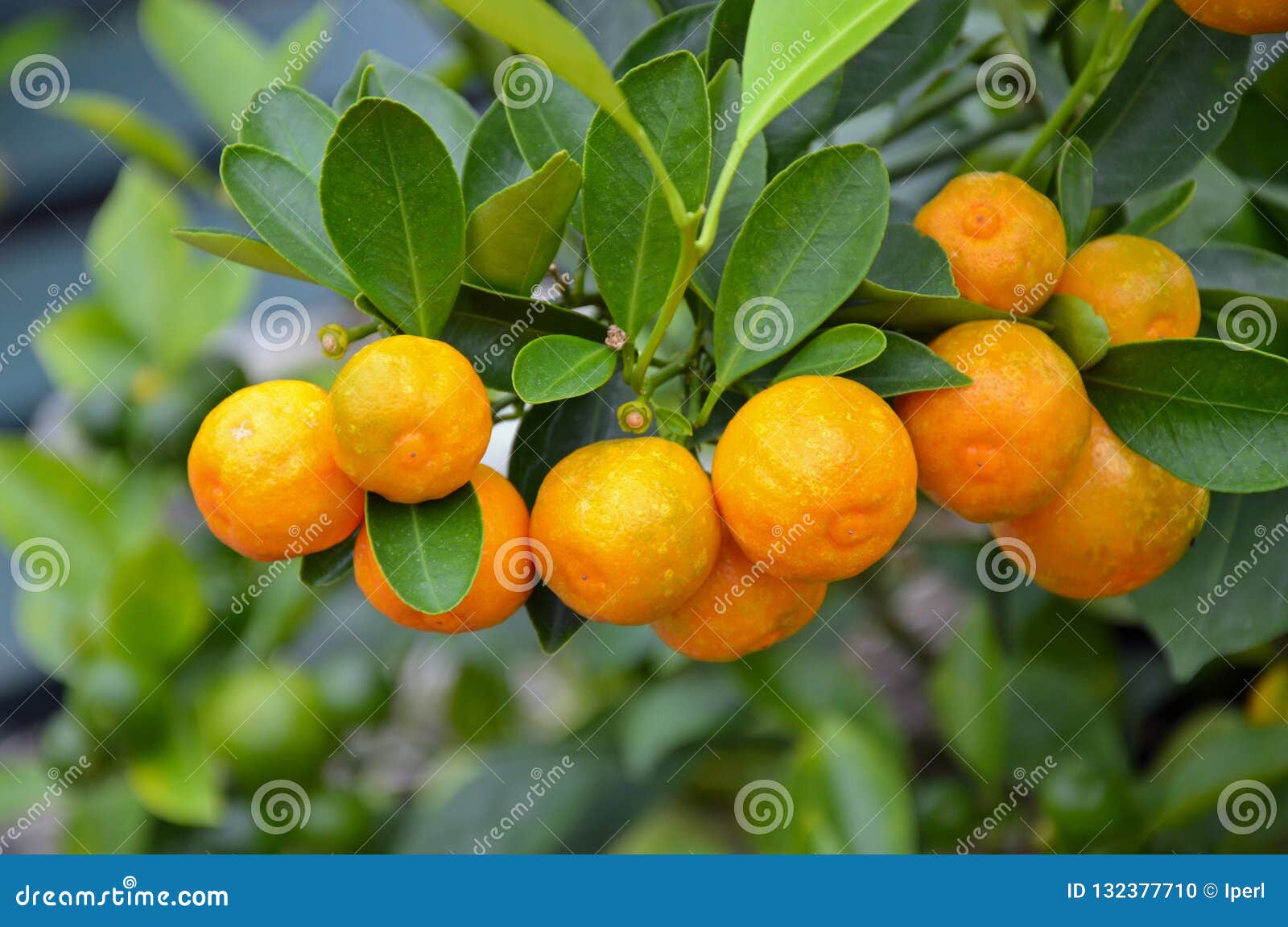

Clementines grafted onto dwarf stock stay much smaller, while clementine trees themselves can grow quite large. Size and SpacingĬlementine trees can grow between six and 25 feet tall, depending on the type. They enjoy much humidity but are prone to drying out if under-watered. These plants require protection from frost and freezing temperatures, as well as prolonged cold spells. The clementine is most at home in the tropics and subtropics, as well as the Mediterranean. Those outside these zones can grow clementines in containers indoors with relative ease. The clementine grows best in zones 9 through 11. These oils give the fruits their characteristic, uniquely aromatic scent. Fruits contain many essential oils like myrcene, linalool, a-pinene, and a heavy helping of limonene. They tend to be much less acidic than other oranges, adding to their appeal. Clementine fruits can be broken into many segments (usually anywhere from seven to 14).Ĭlementines are quite juicy with a sweet-sour flavor. The fruit’s skin has a luxurious shine and is easy to peel. The clementine’s fruit are a rich orange color with a smooth rind.

(This has led to their being nicknamed the Christmas orange.) Clementines usually have thorns, adding to pest resistant qualities but making handling with gloves more comfortable. These blossoms will become delightful fruits, ripening between November and February. Clementines have round canopies with striking evergreen leaves, producing beautiful white flowers that exude a pleasing aroma. Tree / Fruit CharacteristicsĬlementines are known for their ornamental qualities that enliven their surroundings. This is far more consistent with origins in French Algeria. Research has shown the clementine arose from a cross between Citrus deliciosa (willowleaf mandarin) and sinensis (sweet orange). This has been deemed less likely by botanists after genomic analysis. Some have postulated that the clementine originated in the Guangxi or Guangdong provinces of present-day China. It is from Brother Rodier that the clementine received its name in 1902. Rodier reportedly discovered the fruit in the garden of the orphanage in Misserghin.

The clementine was discovered as a spontaneous hybrid by Brother Marie-Clement Rodier, C.S.Sp., a French missionary. The clementine is an older cultivar that originated in 19th century French Algeria. Clementines share a number of features with other varieties like tangerines and satsuma oranges, but plenty of qualities set them apart.

This range within the variety makes clementines a popular tree with many different growers. Standard clementines have up to ten seeds, while Monreal clementines contain more. A cross between the sweet orange and the willowleaf mandarin, the clementine comes in three major types. Technically a tangor or temple orange, the clementine is a full-flavored citrus that tastes sweet and sour. The clementine tree is one of the best known citrus hybrids in the world.


 0 kommentar(er)
0 kommentar(er)
